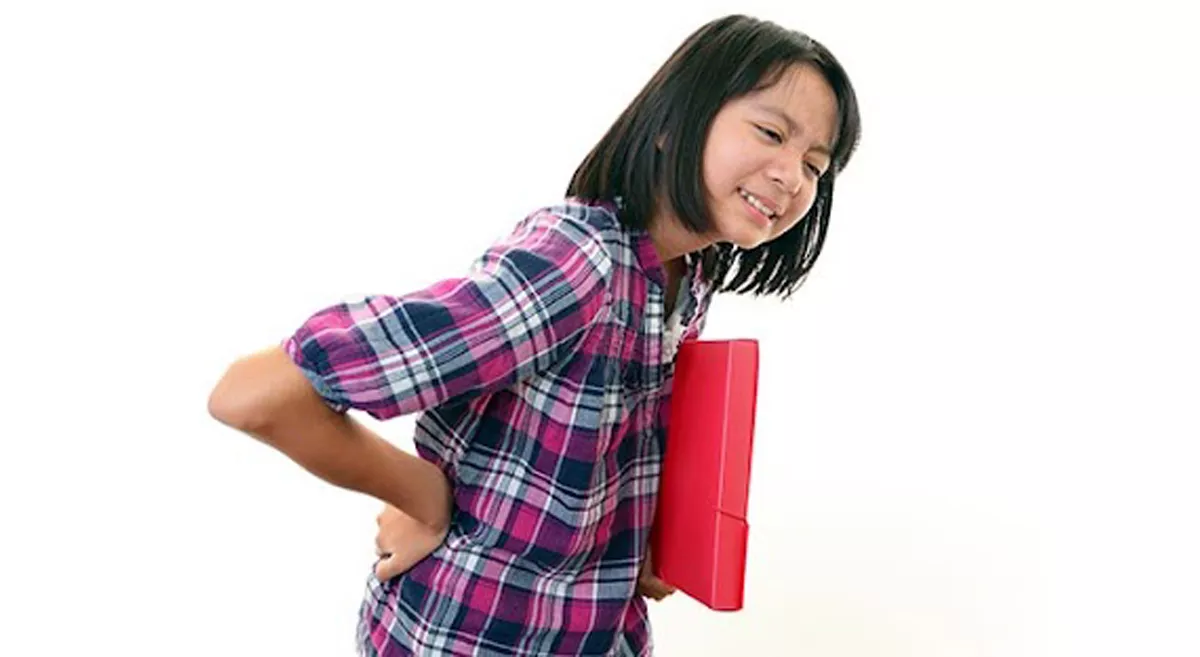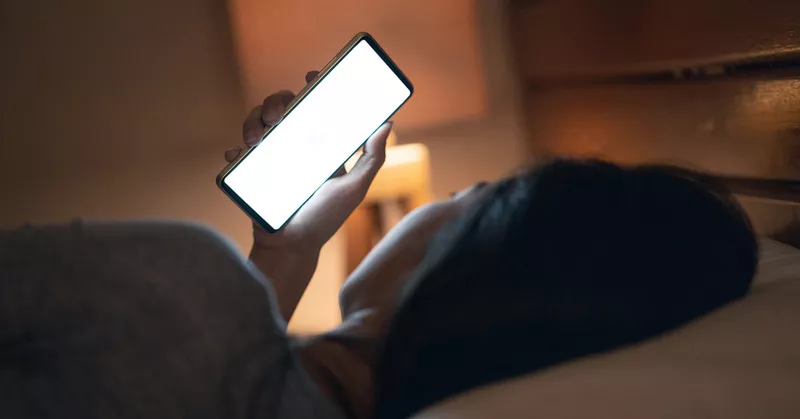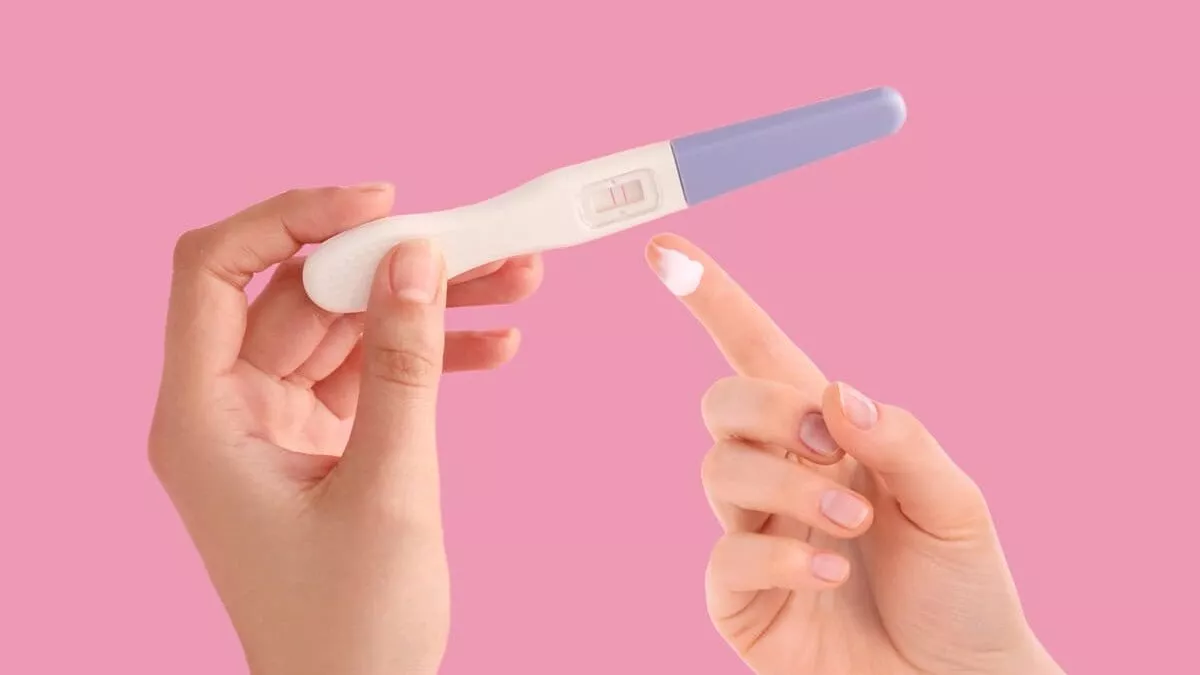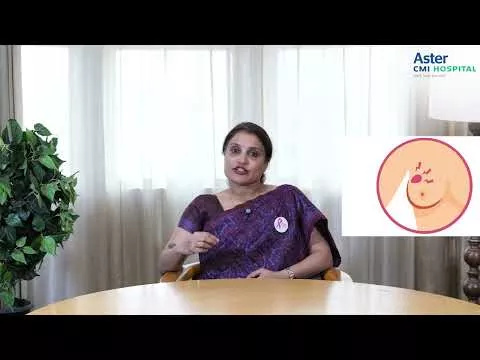Children's back pain is different from adults' back pain. A youngster with back pain is more likely to have a significant underlying condition than an adult. This is especially true if the child is under the age of four or if any youngster, regardless of age, experiences back discomfort together with:
- Discomfort that spreads down one or both legs
- Difficulty walking
- Bladder or bowel issues
- Numbness or weakness
- Pain affecting sleep
- Fever or losing weight.
Back pain for more serious reasons has to be diagnosed and treated right once or it might get worse. Always consult a doctor if a small child's back discomfort persists for more than a few days or gets worse over time.
It is very important that the cause of back pain be identified and treated/ managed early to ensure the best possible outcome. The optimal course of treatment will be decided after a detailed evaluation of the condition, which may include haematological and radiological investigations like CT or MRI. Remember, not treating the child on time can lead to several potential complications, including disabilities.
Common causes of backache in children
- Muscle strain
- Muscle imbalance like tight hamstrings
- Weak abdominal muscles
- Postural kyphosis
- Scheuermann kyphosis
- Spoldylolisthesis or slipped vertebra
- Infection/ tuberculosis of the spine
- Primary tumour of spine that be either benign (non-cancerous) or malignant (cancerous)
How the doctor examines back pain in children
Your doctor will examine your child physically and ask questions to get a better understanding of how the issue arose.
The child’s medical history
Your doctor will enquire broadly about your child's general health as well as specifically about the pain. These may consist of:
- When did the discomfort start?
- Did it begin following an accident or a strenuous activity?
- Has it become better or worse?
- What postures or activities aggravate the pain?
- What does your child do to lessen the discomfort?
- Control of bowls in the bladder.
Your doctor needs to know precisely where the pain is present, how bad it is, and how much it affects the child's schoolwork and extracurricular activities. It may indicate that a nerve is being compressed if the discomfort radiates into the leg.
The doctor will conduct a physical examination
Your doctor will thoroughly examine the following during the physical exam:
- The nerves in the back: Your doctor will do particular tests for that as intervertebral disc issues can put pressure on the nerves that leave the spine. Your physician will elevate the legs while having your kid lie face up (straight leg raising test) and may even do it while having them lie face down (reverse straight leg raising test). For the same reason, reflexes and leg sensation will be tested.
- Spine: Feeling each vertebra and checking for irregularities in the spine's alignment and movement are part of this process. It can be significant if the back seems more rounded from the side or if the back curves to the side. Your doctor will examine your posture, walking pattern, toe-touching range of motion, and ability to bend to the right and left. Moving with difficulty might be a sign of an issue with the spine's joints.
- Muscles: The muscles in the legs and back will be put to the test. Your child is attempting to defend himself or herself from movements and situations that might be uncomfortable if the muscles in the back or the hamstrings at the back of the leg are tense. Muscular tenderness is a sign of muscle damage, such as a strain.
Other tests may be performed to make sure the back discomfort isn't a symptom of anything more serious, including those for balance, flexibility, coordination, and muscular strength.
The doctor may conduct imaging tests
To aid with the diagnosis, your doctor could request one or more imaging tests.
- Computerized tomography (CT) scans: This particular x-ray method creates a three-dimensional picture. It gives your doctor access to information that two-dimensional x-rays cannot capture, and it is especially useful for deciphering the intricate architecture of the spine.
- Magnetic resonance imaging (MRI) scans: The body's soft tissues can be seen on an MRI. The spinal cord, nerve roots, discs, and other components that may be crucial in the treatment of back pain can be seen with this technique.
- X-rays: X-rays show pictures of solid objects, such as bones. Your child's spine will be examined via X-rays to determine whether there are any fractures, displacements, or other issues with the bones.
- Positron emission tomography (PET): Your doctor may be able to learn more about the tissues and organs of the body's functioning thanks to this test.
- Bone scans: For this test, a chemical is injected into a vein, and then a specific camera is used to observe where it is picked up. It can localise fractures, tumours, infections, and inflammation. A bone scan can be extremely helpful since the structure of the spine is quite complex and because these disease processes are not always evident on x-ray.
The doctor may conduct lab tests
Inflammation or infection can have an impact on blood tests such as the complete blood count (CBC), erythrocyte sedimentation rate (ESR), and C-reactive protein (CRP).
The common conditions for back pain in children
1. Rounded back
Pain in the centre of the back is frequently caused in teens by increasing roundness of the back (when viewed from the side), also known as Scheuermann's kyphosis (the thoracic spine). Wedged vertebrae result in a rounded or stooped back. The back's curvature may hurt, and exercise may make the pain worse.
2. Slipped vertebra
When one vertebra slides forward on the vertebra below it, the result is a slipped vertebra, also known as a spondylolisthesis. This could occasionally be the development of spondylolysis. Usually, the base of the spine is affected (lumbosacral junction). In extreme situations, the bone causes the spinal canal to become narrow, which squeezes the nerves.
3. Tumor
Back discomfort can occasionally be caused by tumours, such as osteoid osteoma. Spinal tumours are more frequently discovered in the middle or lower back when they do arise. Pain never goes away and typically becomes worse with time. This discomfort worsens with time, is not triggered by activities, and sometimes only occurs at night.
4. Muscle imbalances and strain
The most common cause of back pain in children and adolescents is musculoskeletal strain. Rest, anti-inflammatory drugs, and an exercise regimen typically help with this kind of discomfort.
Many teens could have back discomfort that lasts longer. This is frequently a result of having weak abdominal muscles and tight hamstring muscles. This ache may be brought on by bad posture and a heavy backpack. A physical therapy regimen that emphasises abdominal strengthening, hamstring stretching, and posture correction seems to help these kids.
5. Stress fracture of the spine
Adolescents with spondylolysis or stress fractures may have lower back discomfort. Stress fractures can develop during teenage growth spurts or in activities like gymnastics, diving, and football that frequently twist and hyperextend the spine.
Usually minor, the pain may extend to the legs and buttocks. The activity makes the discomfort seem worse, while rest makes it feel better. A youngster with spondylolysis could only be able to take small steps and walk with a stiff-legged stride.
6. Infections
Discitis, an infection in the disc space, can cause back discomfort in young children. Discitis mainly affects young children between the ages of one and five, while it can also strike older kids and teens.
The following symptoms might show up in a child with discitis.
- Lagging behind or just refusing to go
- Reaching for something on the floor while squatting and maintaining a straight spine as opposed to bending at the waist
- Spine stiffness and lower back or abdominal pain.
Conclusion
Back discomfort may be an issue for adolescents and teens, even though it's not as frequent as it is in adults. Back discomfort is more common in kids who participate in sports, carry bulky backpacks to school, or have greater body weight.
Back discomfort in young individuals is frequently caused by disc herniations, stress fractures, and muscular injuries.
Less frequently, children may have back discomfort from severe illnesses such as spinal infections and malignancies. Back pain is frequently present in these situations, in addition to "red flag" symptoms.







